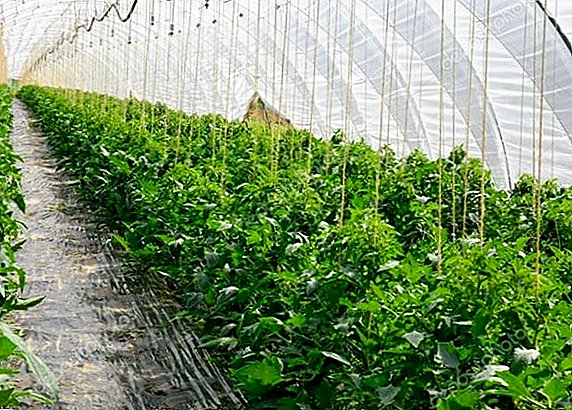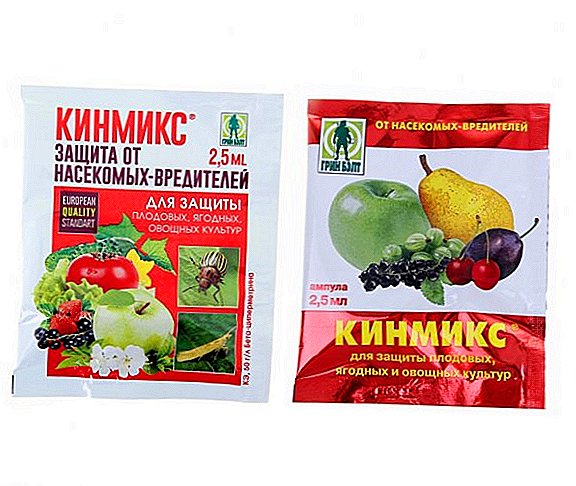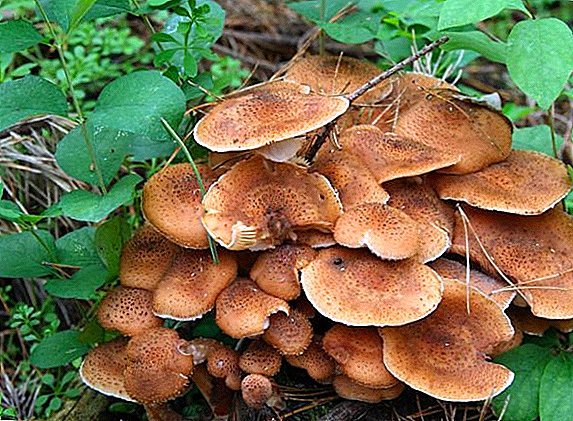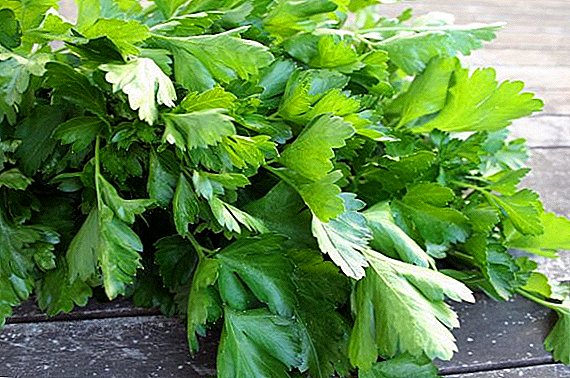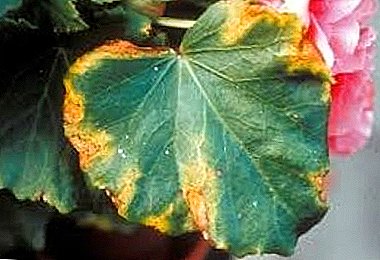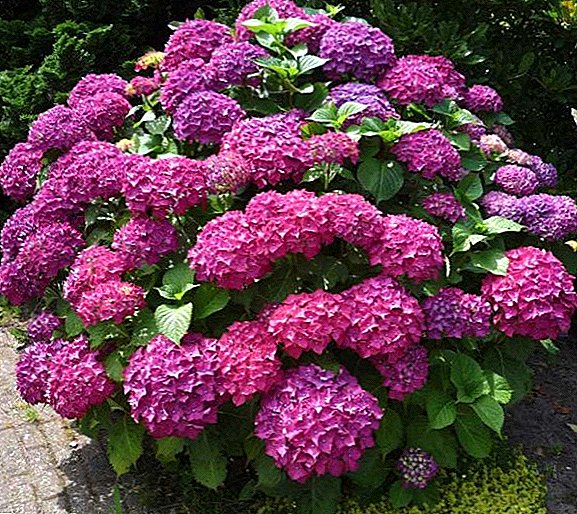 Hydrangea has a lush and abundant flowering and can grow in one place for about ten years. However, if the bush grows slowly, does not bloom, or blooms very weakly and briefly, the problem may be in the wrong place for the plant. In this article we will discuss the conditions and time of transplantation of hydrangea.
Hydrangea has a lush and abundant flowering and can grow in one place for about ten years. However, if the bush grows slowly, does not bloom, or blooms very weakly and briefly, the problem may be in the wrong place for the plant. In this article we will discuss the conditions and time of transplantation of hydrangea.
Spring and autumn: advantages and disadvantages
Experienced growers recommend replanting hydrangea (scientific name) every five years. Thus, the life of the bush is extended, the quality of inflorescences and development in general improves.
We recommend to read how to cover the hydrangea for the winter.
The plant is transplanted to a new place and for other reasons, for example, after acquiring several more bushes, perhaps another variety, to create a composition.  In any case, for the process you need to choose the right time and, in addition, familiarize yourself with the rules of the landing itself. Two seasons are suitable for the procedure: autumn and spring, both of which have minuses and advantages.
In any case, for the process you need to choose the right time and, in addition, familiarize yourself with the rules of the landing itself. Two seasons are suitable for the procedure: autumn and spring, both of which have minuses and advantages.
Important! It is categorically not recommended to subject the procedure in the autumn to large-leaved hydrangea, it does not adapt well and does not have time to settle down before the cold weather.
Plus the fall transplant consists of several points:
- a period of sap flow has passed, when the plant cannot be touched;
- since September (time of procedure) there is time to take root before frosts;
- after transplanting in the fall, the bush can not be fed for several years.
The minus of the autumn change of place is possible early frosts, because of which the hydrangea will not have time to take root and will die during the wintering season.  Most gardeners recommend a fall transplant, as there are more risks in spring:
Most gardeners recommend a fall transplant, as there are more risks in spring:
- you can not have time before the movement of juices;
- return frosts may begin;
- due to frozen soil there is a risk of damaging the root system.
Check out such varieties of hydrangeas as: "Annabel", "Limelight", "Pinky Winky", "Phantom", "Grandiflora" and "Vanilla Freyz."
If in the autumn time is missed, and the procedure does not tolerate delay, it is desirable to get acquainted in detail with the spring features and rules.
How to transplant hydrangea in the spring
By the spring procedure, preparation begins in the autumn: the selected shrub is carefully picked up in such a way that in the spring it can be easily picked up and transferred to a new place. A pit is being prepared in a new place.
Important! It is impossible to transplant a plant that has dissolved buds or is already flowering, it may die.
Choosing a landing site
Hortense loves moisture, but without fanaticism, so a lowland with stagnation of water or the proximity of groundwater is contraindicated. It is light-requiring, but all day under the scorching sun does not fit.
It is best to choose a place near a low hedge or at some distance from the trees, where there will be a slight shading. The place should be quiet, without drafts: the flower reacts badly to changes in temperature.  The soil for the plant needs a light, loose, drained with a slightly acid or neutral reaction.
The soil for the plant needs a light, loose, drained with a slightly acid or neutral reaction.
Soils oversaturated with organic matter and lime, preferably loam, are undesirable. The level of acidity can change the color of the plant, so if you want to keep it, check the reaction of the soil in a new place, correct if necessary.
Read about the composition, properties and types of soil, as well as learn the importance of soil acidity, how to determine it and how to improve soil fertility.
Landing pit preparation
The pit is prepared in the autumn a little more and deeper than the diameter of the soil coma of the transplanted plant. A mixture of leaf earth, peat, humus and sand is put on the bottom in equal parts, mineral fertilizers can be added (0.6 g of superphosphate, 0.2 g of urea and sulfuric potassium).
During the preparation of the pit, dig a trench around the bush, carefully, trying not to damage the root system.
Did you know? In Japanese, hydrangea sounds like "Adzai", which means "purple sun".
Transplanting process
The bush, excavated from autumn, is carefully dug, dipped into a prepared pit along with a soil clod, the same mixture is poured from above as on the bottom of the pit. It should be noted that the root neck should not sink into the soil, but be 3 cm above the surface.
The procedure is completed with abundant watering and mulching of the tree wheel in order to avoid moisture loss.  To protect the plant from possible gusts of spring winds, you can install props for the bush, which will be removed later.
To protect the plant from possible gusts of spring winds, you can install props for the bush, which will be removed later.
Did you know? The plant got its name in the second half of the 18th century during the French expedition to Mauritius. Hortensia is the name of the sister of one of the expedition leaders, Prince Charles Henri de Nassau-Siegen.
Features care for the transplanted plant
After transplantation, the plant is watered twice a week, while the amount of water should be moderate.
Be sure to at least once a week to loosen the trunk circle, saturating the soil with oxygen. Once every two weeks clean the soil from weeds.
Learn more about the most common weeds, as well as how to deal with them with folk remedies, special tools and herbicides.
There is no need to hurry with feedings: they were sufficiently laid in the pit. For the first time after transplantation, hydrangea can be fed during the formation of buds. Mineral complexes are usually used for garden flowers.  At what time to replant your darling, you decide, the main thing is to follow all the rules and precautions. The further development and life of hydrangea on your site depends on a prepared and thought-out procedure.
At what time to replant your darling, you decide, the main thing is to follow all the rules and precautions. The further development and life of hydrangea on your site depends on a prepared and thought-out procedure.
Feedback from network users



